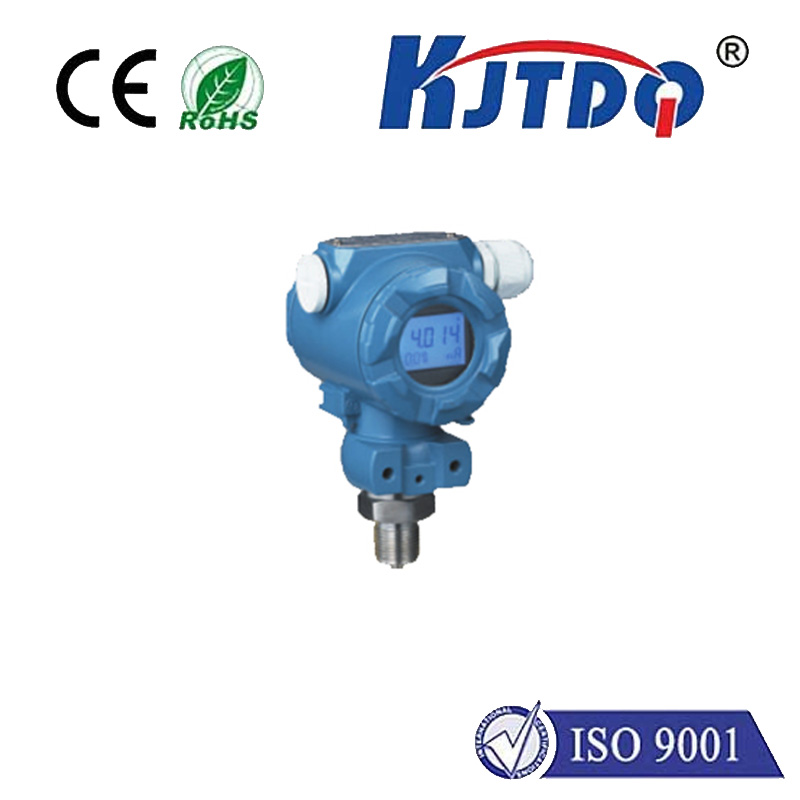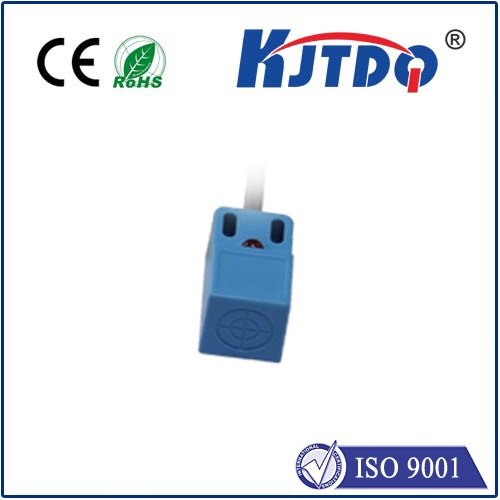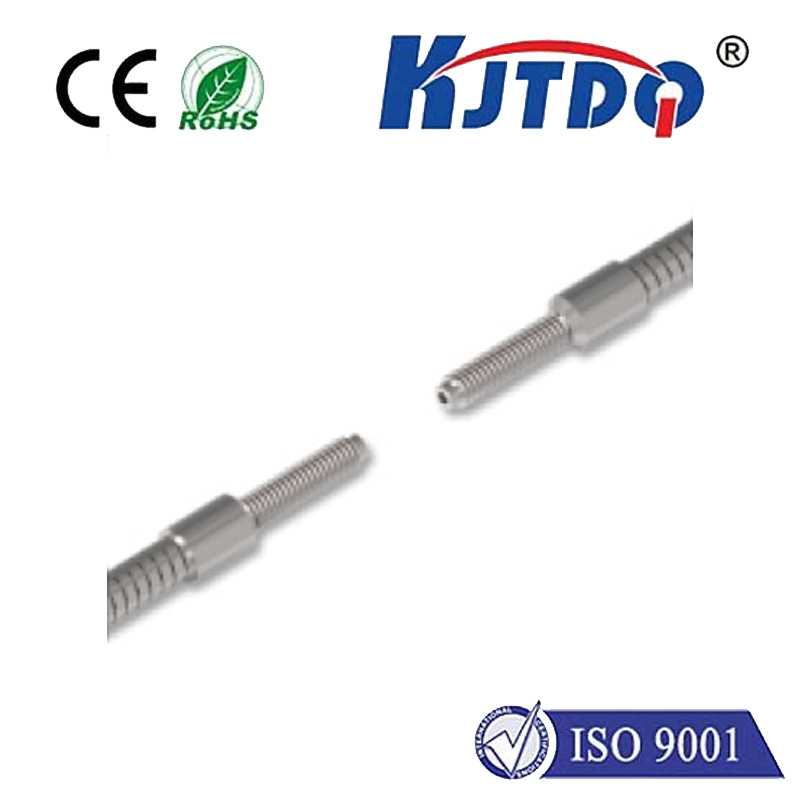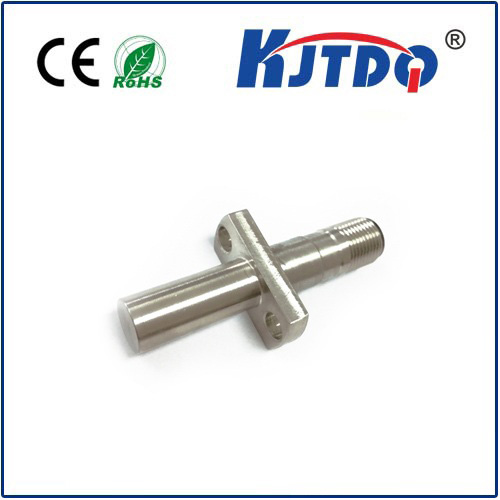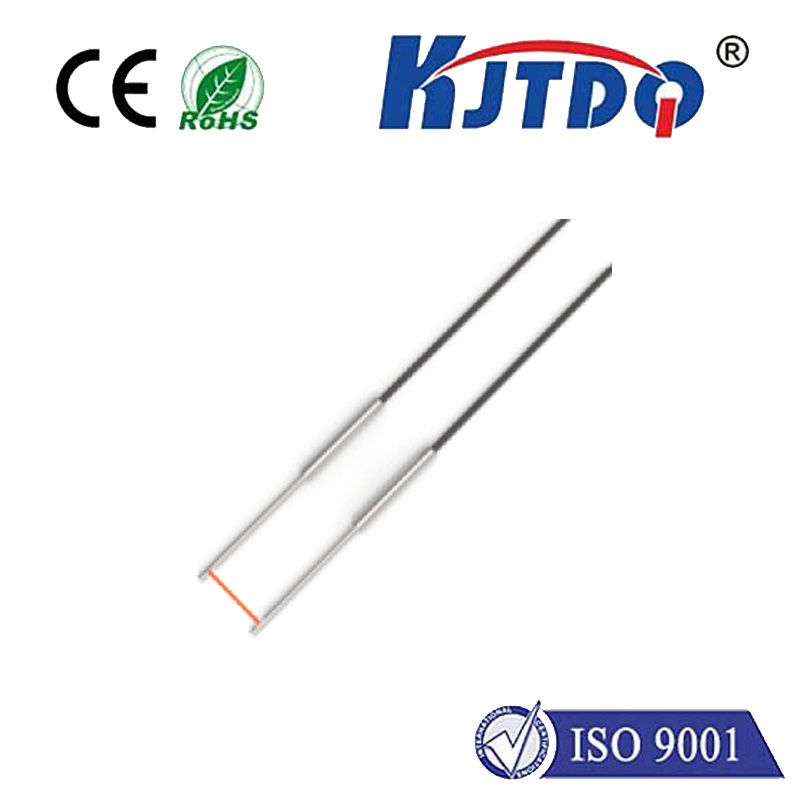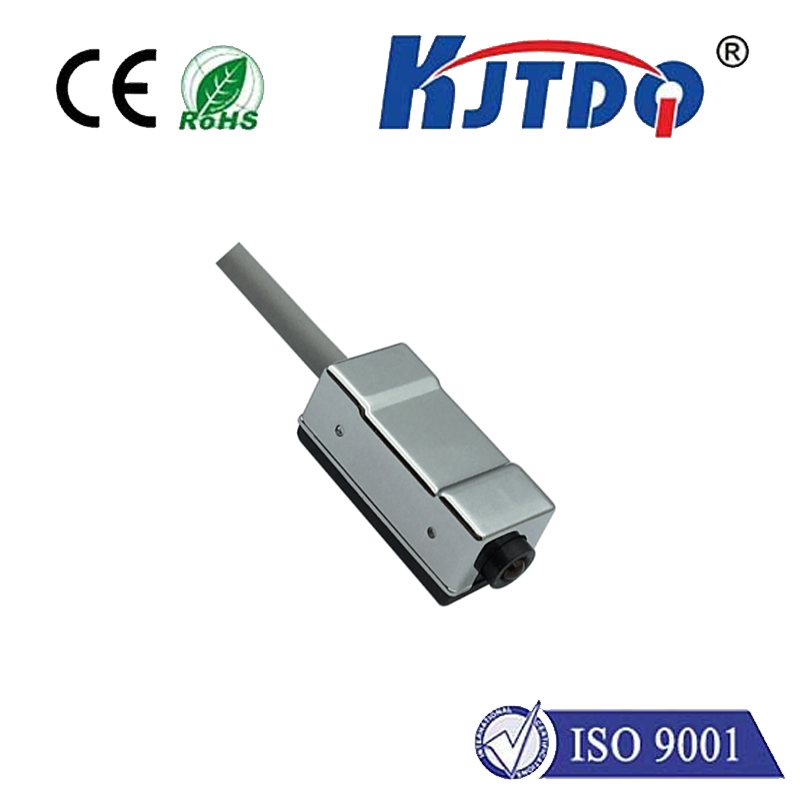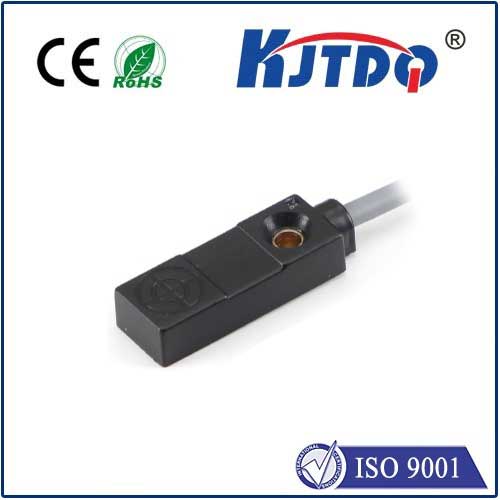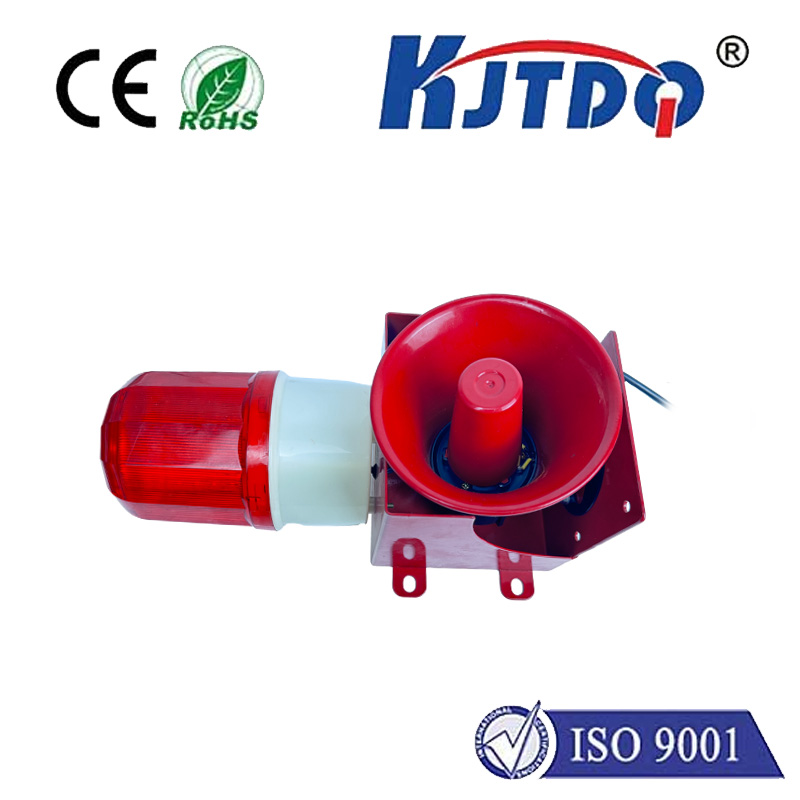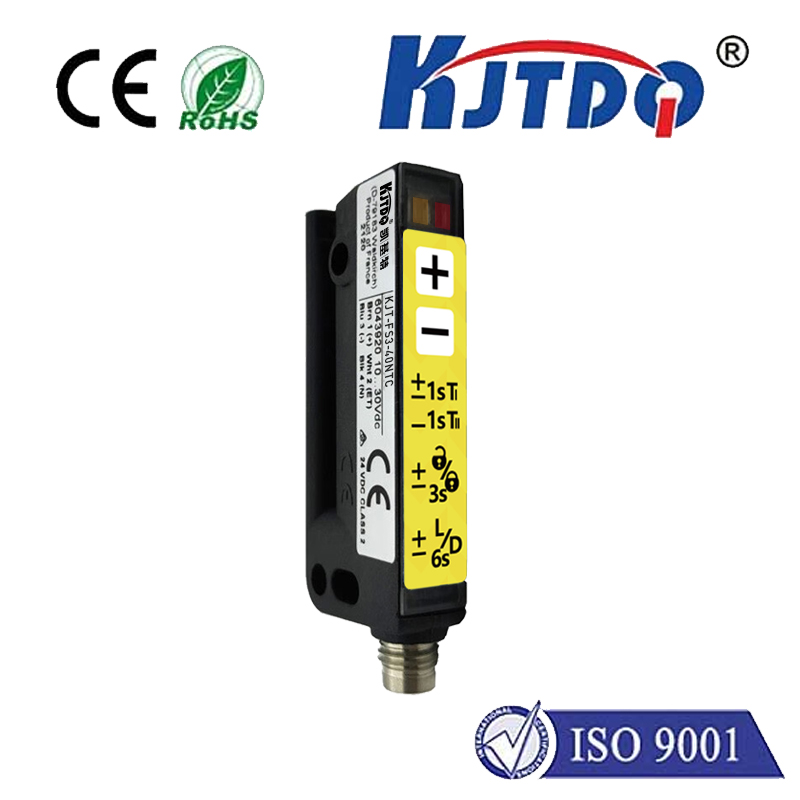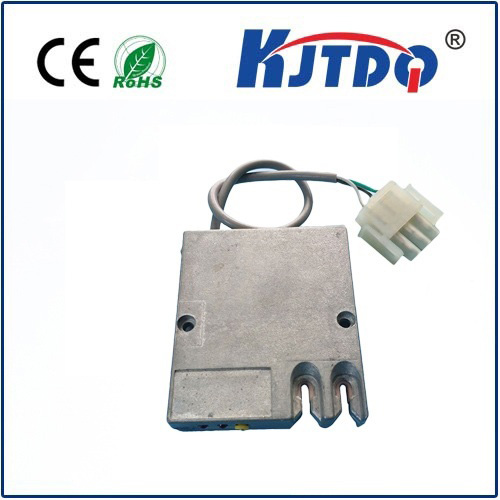
check

check

check

check
Title: Understanding Limit Switch 3D Technology and Its Applications
Introduction to Limit Switch 3D Technology
In the world of robotics and automation, limit switches are essential components that help ensure the safety and accuracy of machines. One innovative approach to limit switches is the 3D technology, which combines traditional mechanical switches with cutting-edge 3D printing techniques to create a more robust and versatile solution. This article will provide an overview of what limit switch 3D technology is, how it works, and some of its key applications.
What Is Limit Switch 3D Technology?
A traditional limit switch is a mechanical device that consists of a moveable contact or slider that is pressed against a fixed contact when the machine reaches a certain position. When the slider is released, the contact returns to its original position, indicating that the machine has come to a stop. This simple mechanism is used in a wide range of applications, from industrial robots to household appliances.
However, traditional limit switches have some limitations. They can be fragile and prone to wear and tear, making them vulnerable to failure over time. They also tend to be bulky and difficult to replace or repair if needed. To address these issues, researchers have developed 3D limit switch technology as an alternative.
How Does Limit Switch 3D Technology Work?
Limit switch 3D technology leverages the power of 3D printing to create more durable and compact switch designs. By using specialized materials and printing techniques, 3D printers can produce switches that are resistant to wear and tear, have fewer moving parts, and require less maintenance.
One common approach to 3D limit switch design is to use modular elements that can be easily swapped out or replaced as needed. For example, a machine might have a fixed limit switch on one end and a movable limit switch on the other, allowing for quick and easy replacements without interrupting operation.
Another advantage of 3D limit switch technology is its flexibility. Because 3D printers can create customized shapes and sizes, designers can create switches that are tailored to specific application requirements. This can result in more efficient and effective machines overall.
Key Applications of Limit Switch 3D Technology
Despite being a relatively new technology, limit switch 3D is already finding numerous applications in a variety of fields. Some of the most promising areas include:
1. Industrial Automation: 3D limit switches are increasingly being used in industrial robots to improve their reliability and reduce maintenance downtime. For example, they can be used in assembly lines to detect when machines have reached a safe停止位置 before applying pressure to a part.
2. Medical Devices: In medical devices such as exoskeletons and prosthetics, 3D limit switches can help ensure accurate movement and prevent accidents by providing better feedback than traditional mechanical switches.
3. Aerospace:limit switches in aerospace equipment are critical for ensuring safe landings and takeoffs. By using advanced materials and printing techniques, 3D limit switches can be made more durable and reliable for use in high-pressure environments.
Conclusion: Limit Switch 3D Technology: A Game Changer for Mechanical Systems
The development of limit switch 3D technology represents a significant breakthrough in the field of mechanical systems. By combining the durability and precision of traditional mechanical switches with the flexibility and customization capabilities of 3D printing, this new approach offers many advantages over traditional options. As research continues into this exciting area, we can expect to see even more innovative applications emerge in the coming years.
